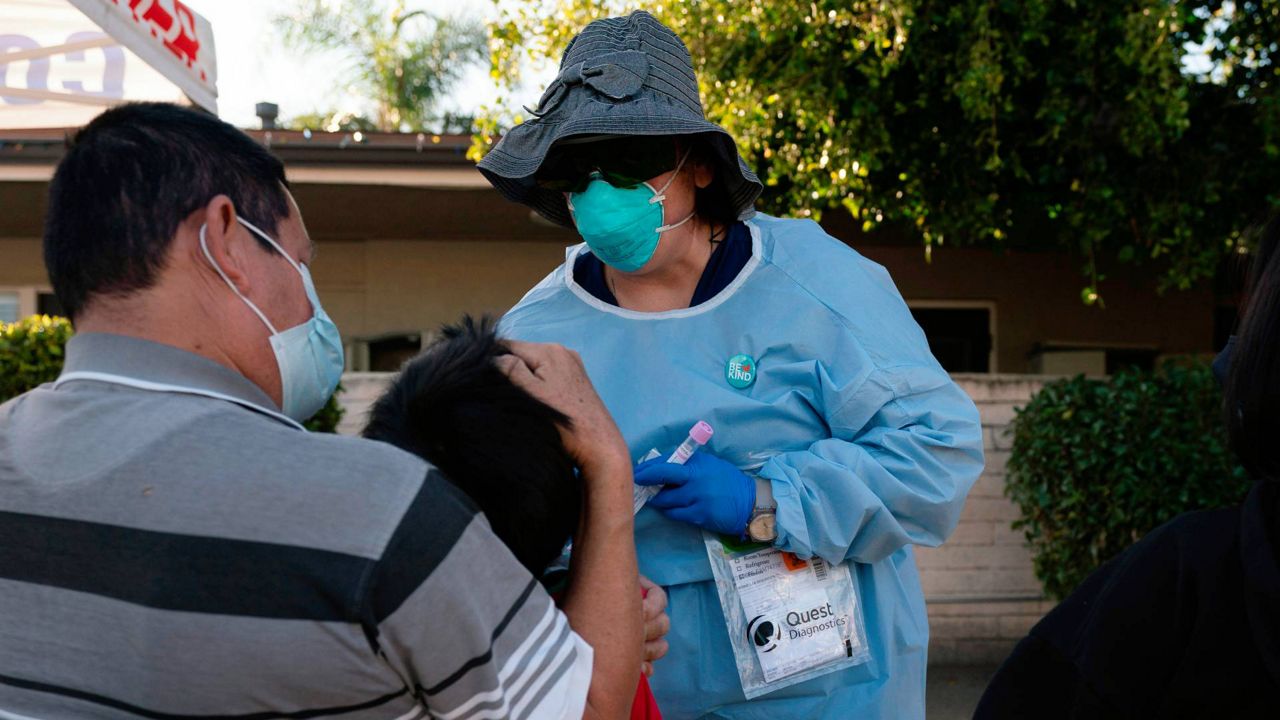ORANGE COUNTY, Calif. — As the Long Beach Health Department dispenses the new booster, health officials are fighting against COVID-19 fatigue, and a population that has forgotten the fear the virus once caused.
“My recommendation is to get boosted again, but it’s a walk, not run, situation,” said Andrew Noymer, a professor of population health and disease prevention at the University of California, Irvine.
COVID-19 remains an important public health concern, with Los Angeles County recently weighing whether to impose another indoor mask mandate before hospitalization numbers dropped enough to end the debate.
While Noymer recommends that everyone consider a booster, people over 65 years old and patients with respiratory illnesses or other pre-existing conditions remain at the highest risk.
But pressure to get vaccinated has relented as fewer venues ask for vaccination cards and government public service announcements have not urgently trumpeted the need for another shot.
“Most Americans, it’s probably time for a booster,” Noymer said. “A lot of people haven’t had one since the winter, and I’m glad to see they’re including omicron in this formulation. In fact, I’m elated.”
Whether the booster will work is an entirely different question and represents a similar problem to the annual flu shot.
Vaccine developers have the challenging task of anticipating how the virus might change, while patients must accept that the effectiveness of the vaccines may vary from year to year. Some years, the vaccine booster could be highly effective for the whole season. Other years it may lose efficacy before the season is even over.
The flu has one season, beginning in the fall, which limits its chance to change. COVID-19 has shown, so far, that it will surge in the summer, then again, with greater severity, in the fall and winter. And while the flu changes every year, allowing developers time to change the vaccine, COVID-19 mutates faster, often during the season.
The result is a set of variables that can never be totally accounted for, no matter how much data vaccine developers amass.
But even with the more predictable cadence of flu mutations, medical science still hasn’t eradicated infections.
So development comes down to educated guesses. Noymer said the new vaccine, which aims to focus on protections against the omicron variant, is a better strategy than simply trotting out the old formula. But that doesn’t mean it will work better, nor will vaccine producers know until it has some time in the population.
“We’re still figuring it out as we go along,” Noymer said.



